– IFIC 杭州 –
水转千回
杭州,被誉为中国最美丽的城市,曾经频繁面临海平面上升和洪水的威胁,被认为不适合居住。然而,正是这片土地孕育了中国最早的文明。
那么,我们的祖先是如何克服这些困难的呢?他们又为何执意要在这里安居乐业呢?
这个关于杭州的案例研究和探索,关注以下几方面
- 它如何将劣势转化为优势?
- 在不同的发展阶段,它是如何解决重重难题的?
- 在保持传统的同时,它如何成为创新领域的先驱?
杭州
中国七大古都之一,浙江省的省会。被誉为中国的投资环境最佳城市,更赢得了联合国颁发的“最佳人居奖”。杭州还因其电商产业的繁荣,被称为“中国电子商务之都”。此外,还荣获了中国十大创新城市、中国十大活力城市、中国十大低碳城市等多项殊荣,展现了杭州在各方面的卓越成就。全球最大的在线B2B企业阿里巴巴集团和收购沃尔沃的吉利集团均将总部设在杭州。
年级
9-12
位置
杭州
时长
7 天
语言
英文/中文
探索 & 研究
世界文化遗产中的水利变迁
探索 不同历史时期创建的水利工程
研究 对 过去, 现在,和 未来 的影响
解决 问题, 创造 针对当今问题的解决方案
联合 中国学生完成路演
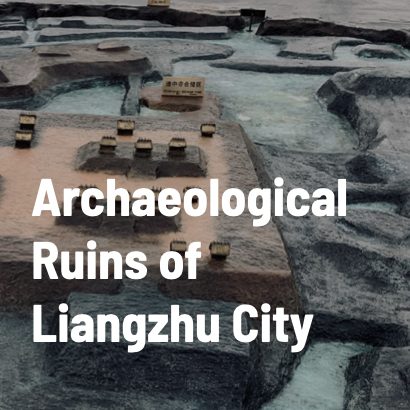
良渚古城遗址
(约公元前3300年至公元前2300年)是中国新石器时代晚期的杰出代表,它以稻作农业为基础,以其在土木建筑、城市规划、水利系统以及社会等级制度等方面的卓越成就,展现了早期城市的辉煌。墓葬中的随葬品揭示了当时社会的等级制度,而宏大的土台建筑则彰显了早期城市文明的雄伟与壮丽。
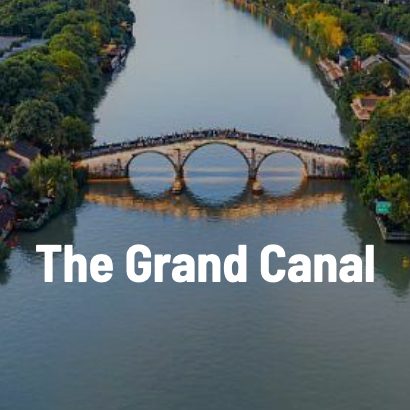
大运河
,全长约1764公里(1200英里),是古代中国最长、最伟大的人工水道,远超过世界闻名的苏伊士运河和巴拿马运河。作为古代中国的重要水利工程,大运河在历朝历代中对中国主要经济的繁荣起到了举足轻重的作用。如今,尽管已有两千多年的历史,大运河的部分河段仍在使用中,主要承担着分水渠的功能。
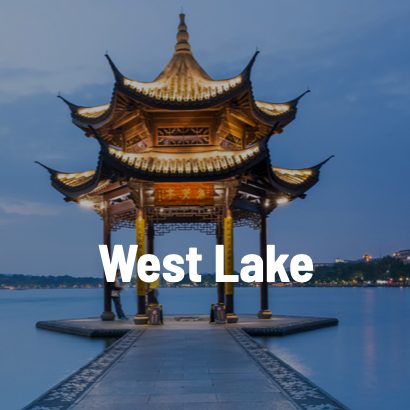
西湖
全球著名的旅游胜地,被誉为“人间天堂”,更是中国十大景点之一。每天,都有大量来自钱塘江的清水被输送到西湖,为西湖注入新的活力。这些水在注入西湖之前,会先经过一系列物理和化学处理,包括混凝、絮凝和沉淀等步骤,以确保水质纯净、清洁。这样,我们才能欣赏到西湖清澈美丽的湖水。
体验
中国传统文化
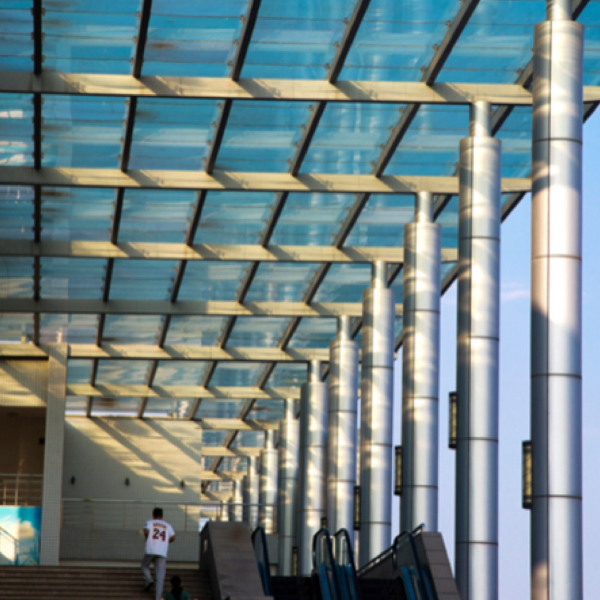
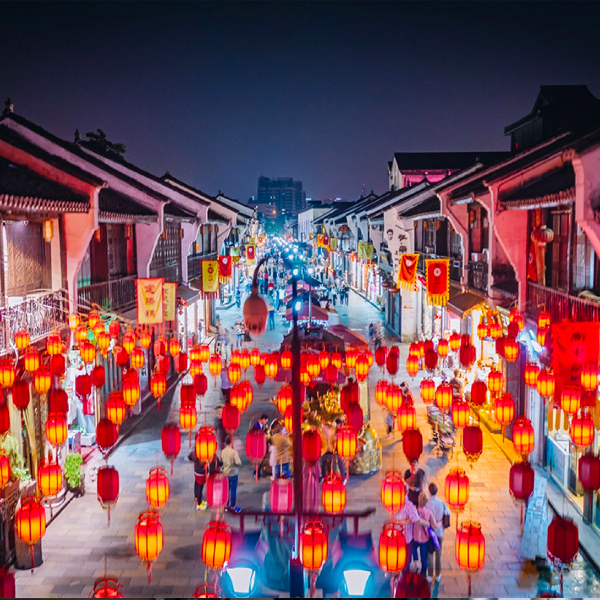
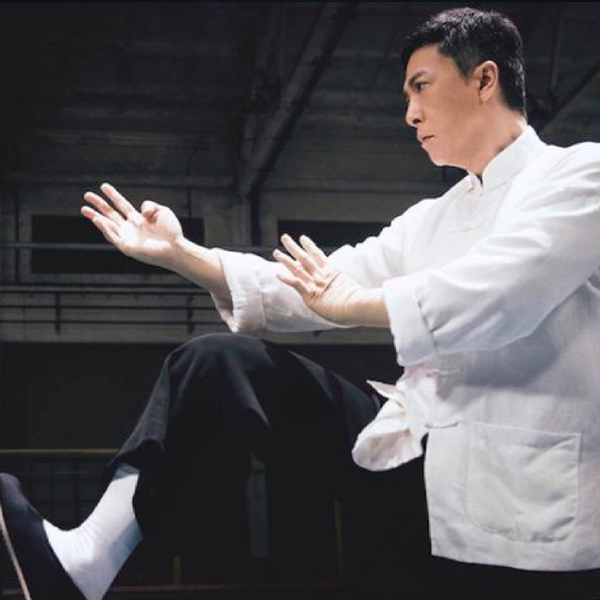
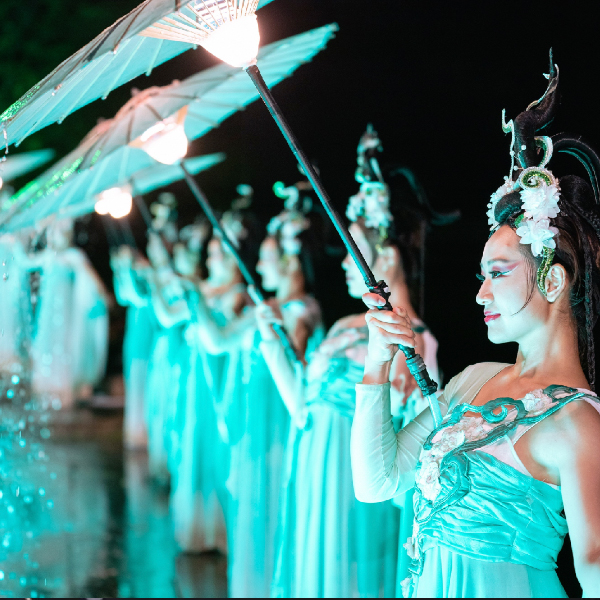
学习成果
学生应当能够
识别 并 界定 不同历史阶段的核心问题
理解 城市在不同阶段变迁背后的原因,以及城市的可持续发展
提出 并 分析 不同历史阶段,针对所面临问题的解决方案
发挥 想象力,探索新的可能性
提升中文 沟通 能力,并理解中文背后的 文化
日程计划
到达 & 欢迎
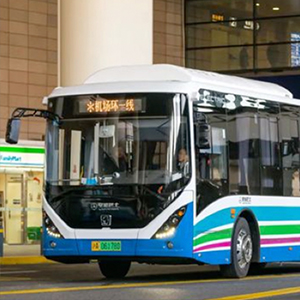
到达
杭州萧山机场接机。

欢迎派对
欢迎、分组、准备。
实地考察 - 海宁
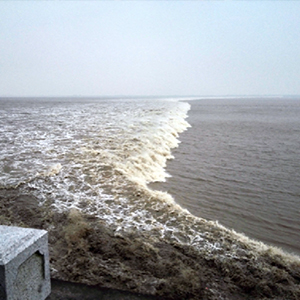
研究
观赏全球最大的潮水。
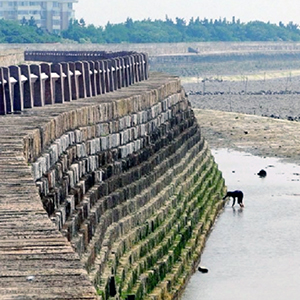
研究
参观古海塘。讨论其耗费和带来的好处。

文化体验
观赏中国传统戏曲和舞蹈。感受如何将创新的视觉特效融入传统艺术中。
良渚文明
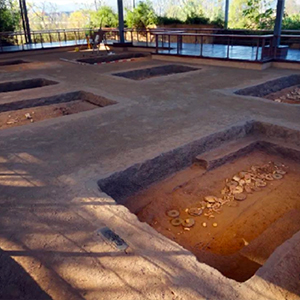
探索
探索良渚古城的基础设施。
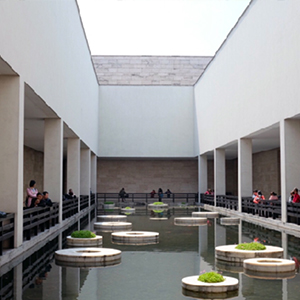
研究
在良渚博物馆研究洪水带来的问题,及其曾经出现过的解决方案。这一过程是如何促进文明的发展?
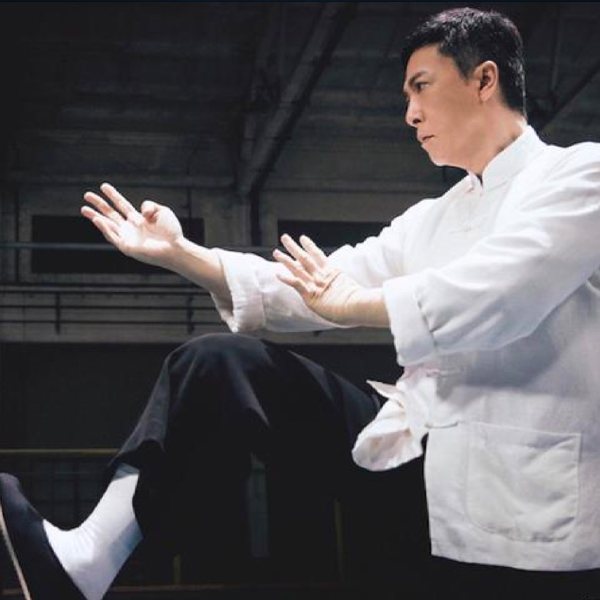
文化体验
向功夫大师学习中国功夫。
WEST LAKE AGE
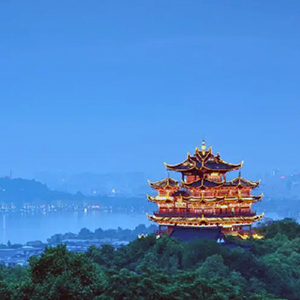
探索
在 城隍阁 探索海湾如何形成淡水湖。
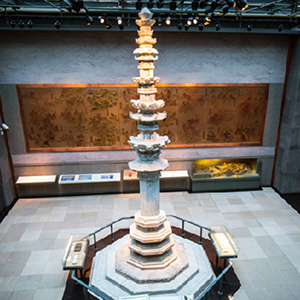
研究
在 杭州博物馆 研究西湖水治理对杭州市民的重要性。
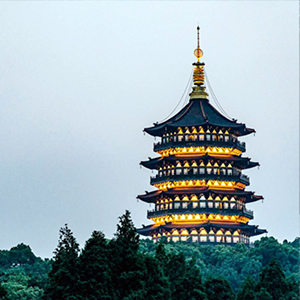
文化体验
读中国古诗、观西湖美景、体验中国市井文化。
The Grand Canal Age
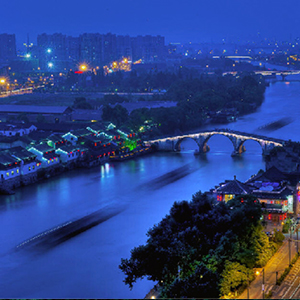
探索
探索 大运河 如何为沿岸城市带来贸易繁荣。
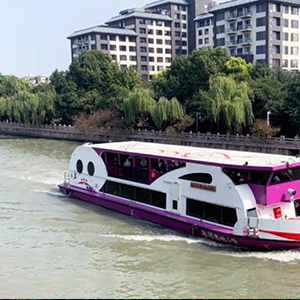
探索
在历史悠久的运河上,乘坐 水上巴士,感受从古至今川流不息的繁荣。
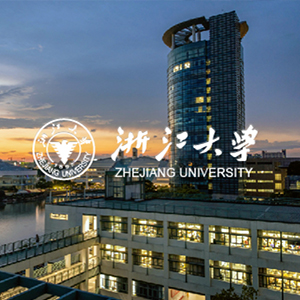
文化体验
参观 浙江大学,这是中国最古老、最负盛名的高等学府之一。
Challenge and Pitch

研究
在 海塘博物馆,了解中国历史上曾出现的海塘和大坝的发展历程。
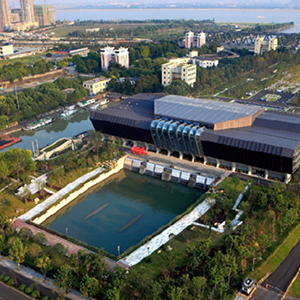
研究
在 三堡排涝泵站 探索当今排涝技术。

大挑战
与水利背景的中国学生分组合作,就海平面上升给海滨城市带来的问题,制定解决方案,并完成演讲。
离开

再见!
杭州萧山机场送机。
